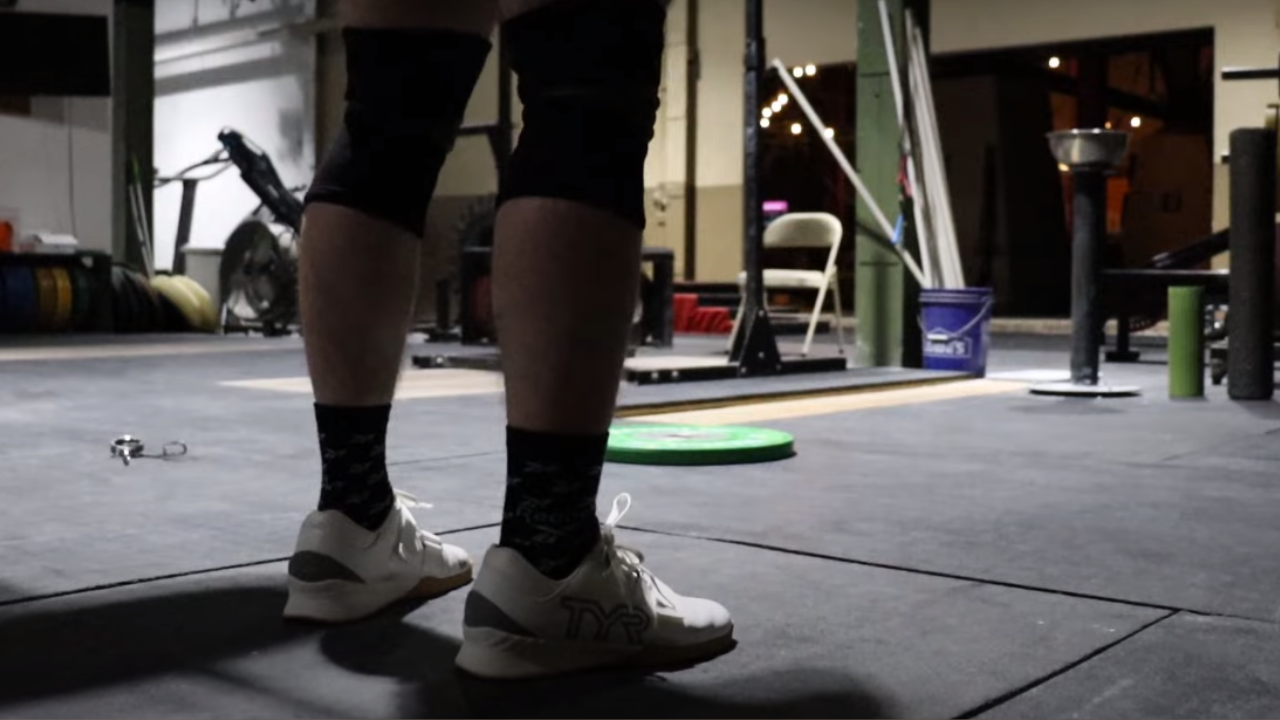Regarding weightlifting, having the right equipment and gear is crucial for maximizing performance. It also ensures safety. One often overlooked aspect of weightlifting equipment is footwear.
Special weightlifting shoes are designed for this purpose. Some wonder whether volleyball shoes can be a suitable alternative.
Here, we will explore the characteristics of volleyball shoes. Discuss their pros and cons for lifting. And provide recommendations for the most appropriate footwear for this activity.
Importance of Proper Footwear for Lifting And Are Volleyball Shoes Good For Lifting?
Why is footwear essential for lifting?
Footwear plays a vital role in weightlifting due to its impact on stability, and balance. The right shoes can provide a solid foundation. It enables lifters to optimize their technique and generate more power. They offer stability and support, minimizing the risk of injuries during heavy lifts.
The impact of footwear on stability and balance
Stability and balance are crucial factors in weightlifting. Volleyball shoes have low-profile and non-compressible soles. They can offer a stable base for lifting. But, their design and characteristics should be further examined for suitability.
How the right shoes enhance performance and safety
Appropriate weightlifting shoes often have features such as raised heels and reinforced midsoles. This provides better stability and optimizes force transfer during lifts. These shoes also aid in maintaining proper form. Reducing the strain on the lifter’s joints and muscles.
Characteristics of Volleyball Shoes Lifting

Overview of volleyball shoes
Volleyball shoes are designed to support quick movements, and traction on the court. They feature lightweight materials, breathable uppers, and cushioning for impact absorption. But, their characteristics may differ from weightlifting shoes.
Lightweight design and flexibility
Volleyball shoes are known for their lightweight design, allowing players to move. This characteristic can also benefit weightlifting. Which enables lifters to perform dynamic movements more.
Traction and grip on different surfaces
Volleyball shoes are designed to provide excellent traction on indoor court surfaces. While this benefits volleyball players, it may not be as suitable for weightlifting. This involves lifting on stable, non-slip surfaces. Excessive traction can hinder foot movement during lifts and compromise stability.
Pros and Cons of Using Volleyball Shoes for Lifting
Pros of Using Volleyball Shoes for Lifting:
- Increased ankle support
- Lightweight and flexible design
- Suitable for dynamic movements
Cons of Using Volleyball Shoes for Lifting:
- Lack of heel elevation
- Insufficient sole stiffness
- Traction may be excessive for stable surfaces
Conclusion:
While volleyball shoes may offer some benefits for weightlifting. Such as increased ankle support and agility. They are not designed for the demands of heavy lifts.
With their elevated heels and stiff soles, weightlifting shoes provide superior stability. They also provide Thusnsfer.
Thus, investing in dedicated weightlifting shoes is recommended for severe weightlifters. Allowing weightlifters to optimize their performance and cut the risk of injuries.
FAQs(Frequently asked questions):
Can I use my volleyball shoes for lifting if I don’t have weightlifting shoes?
While you can use volleyball shoes for lifting. The dedicated weightlifting shoes give optimal stability and power transfer during lifts.
Are weightlifting shoes necessary for beginners?
Weightlifting shoes can benefit by providing enhanced stability and form during lifts. They are not mandatory, especially for those starting with lighter weights.
Can cross-training shoes be an excellent alternative to weightlifting shoes?
Cross-training shoes can be a suitable alternative to weightlifting shoes. They are also good if you engage in various athletic activities that include lifting. They offer a balance between stability and flexibility.
